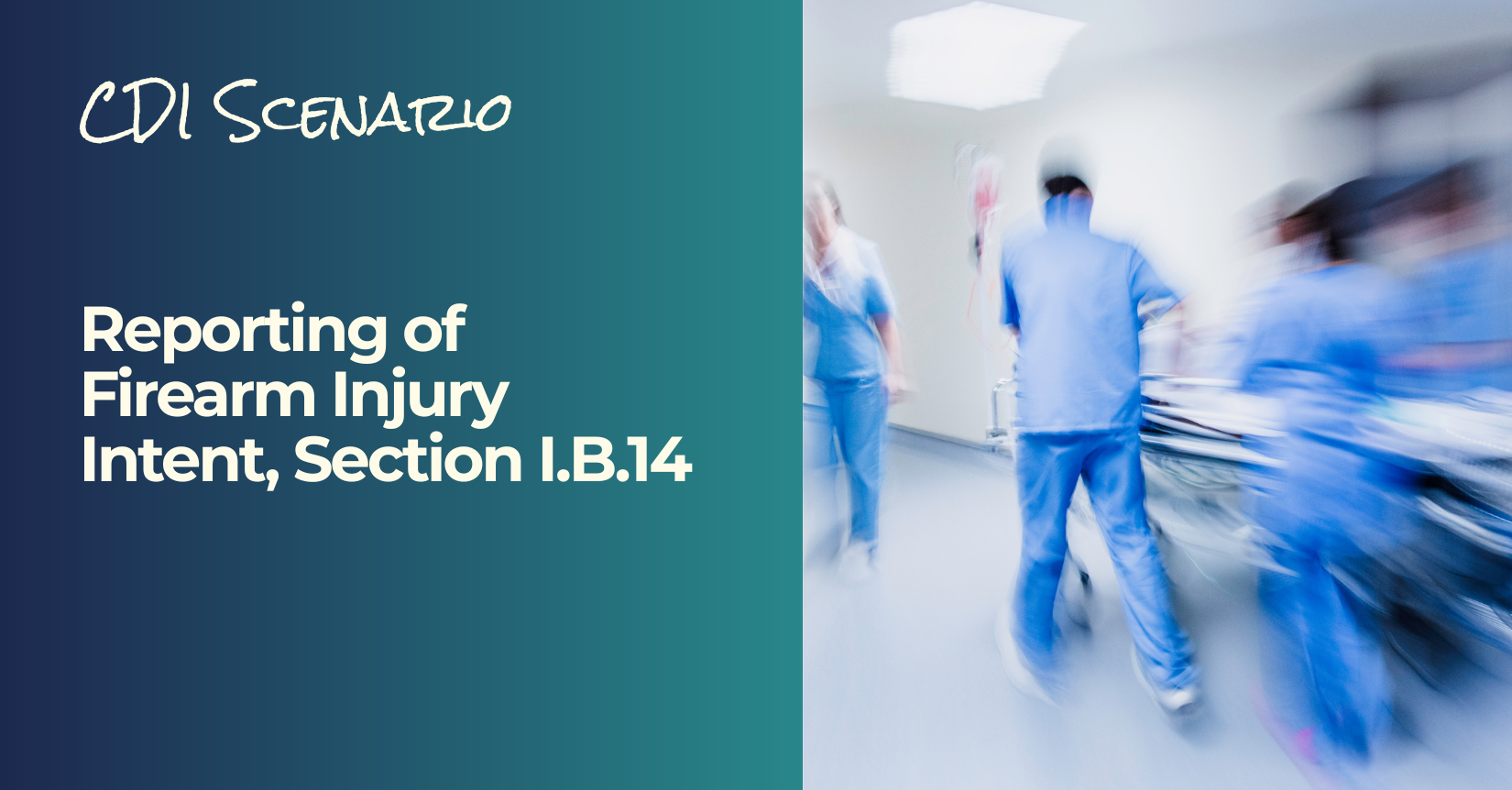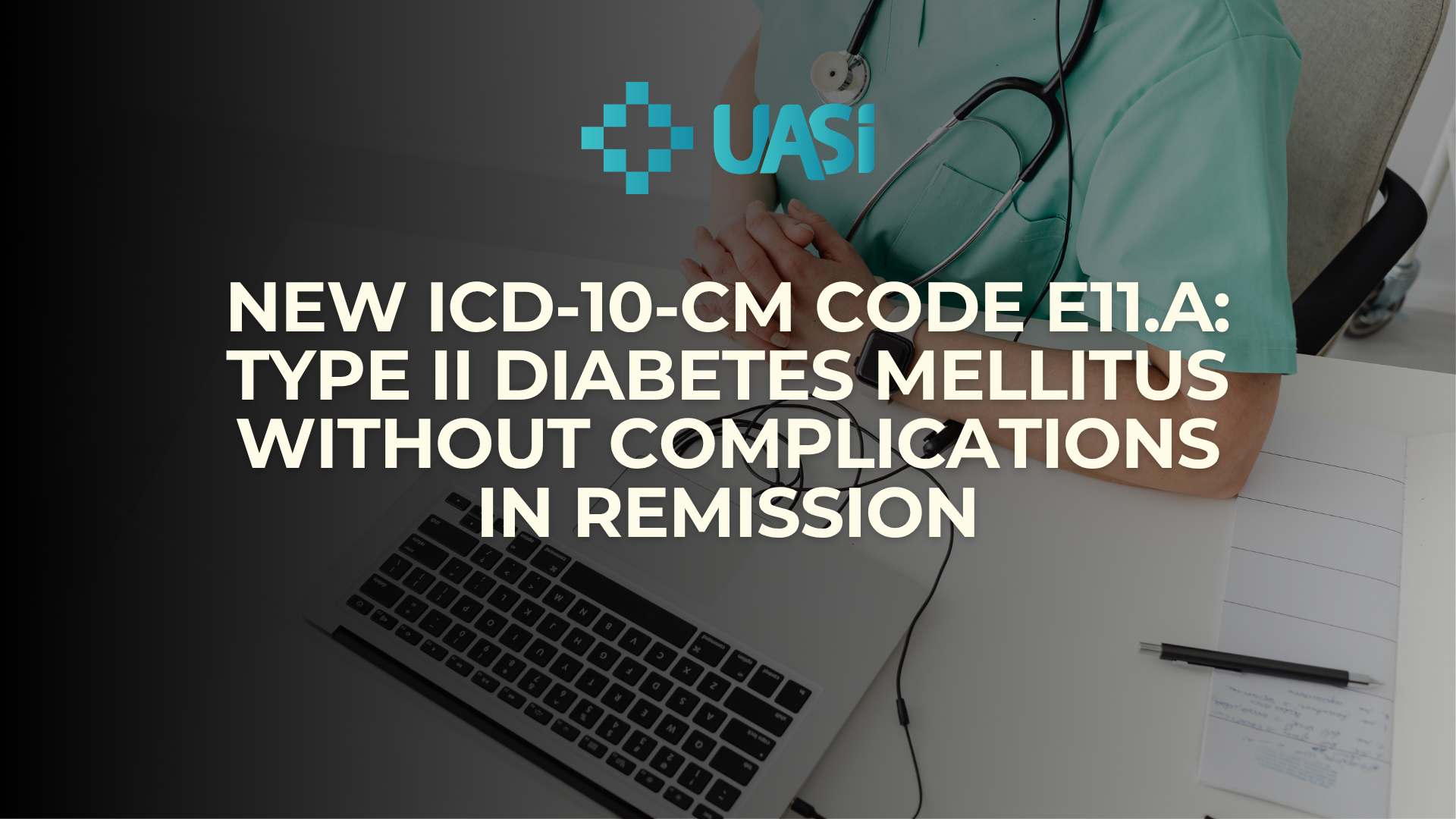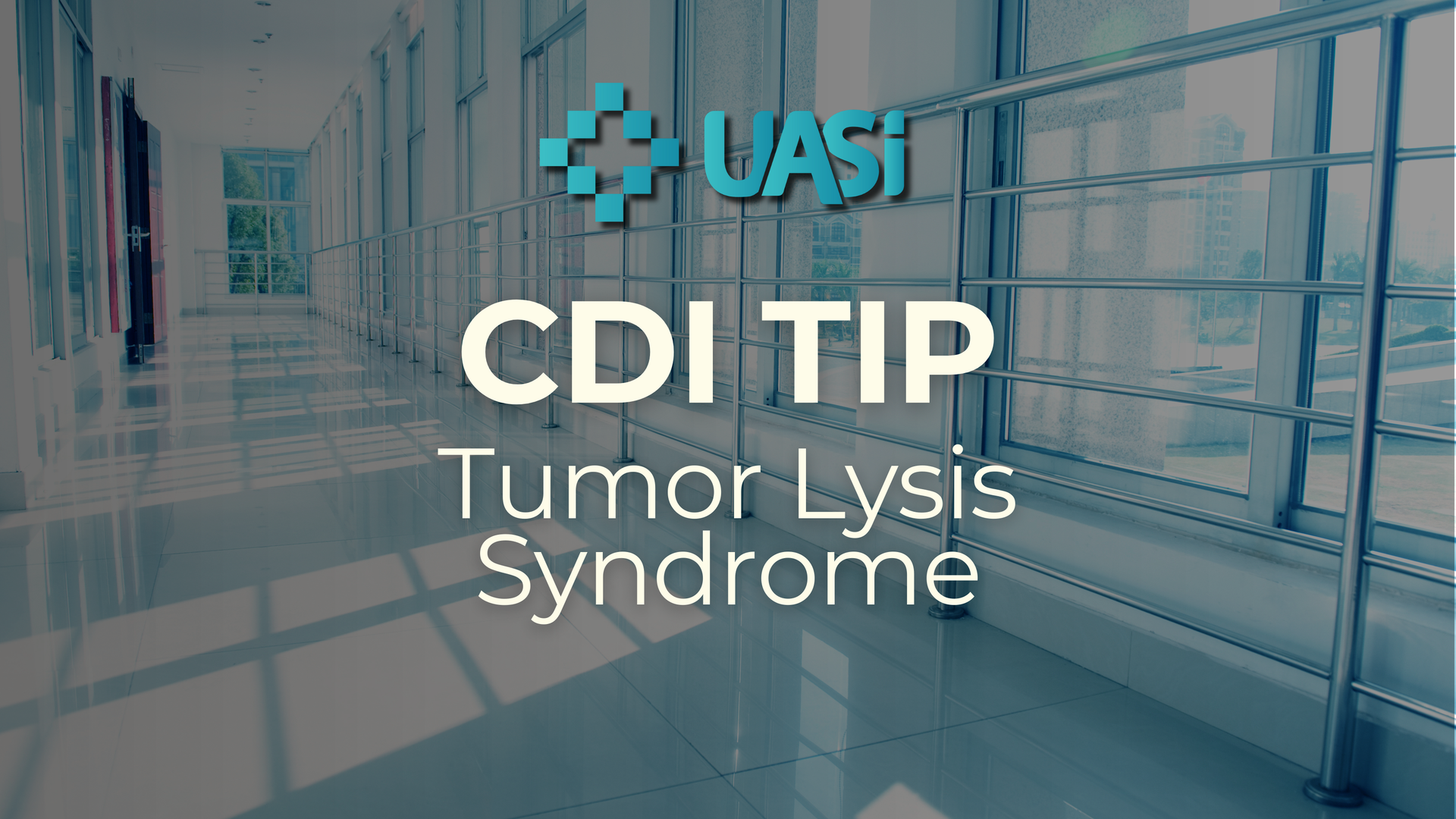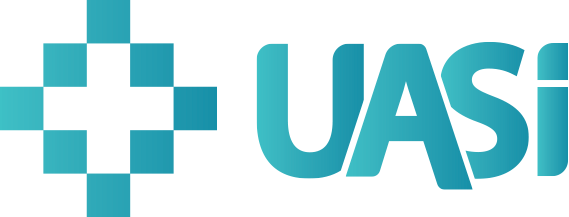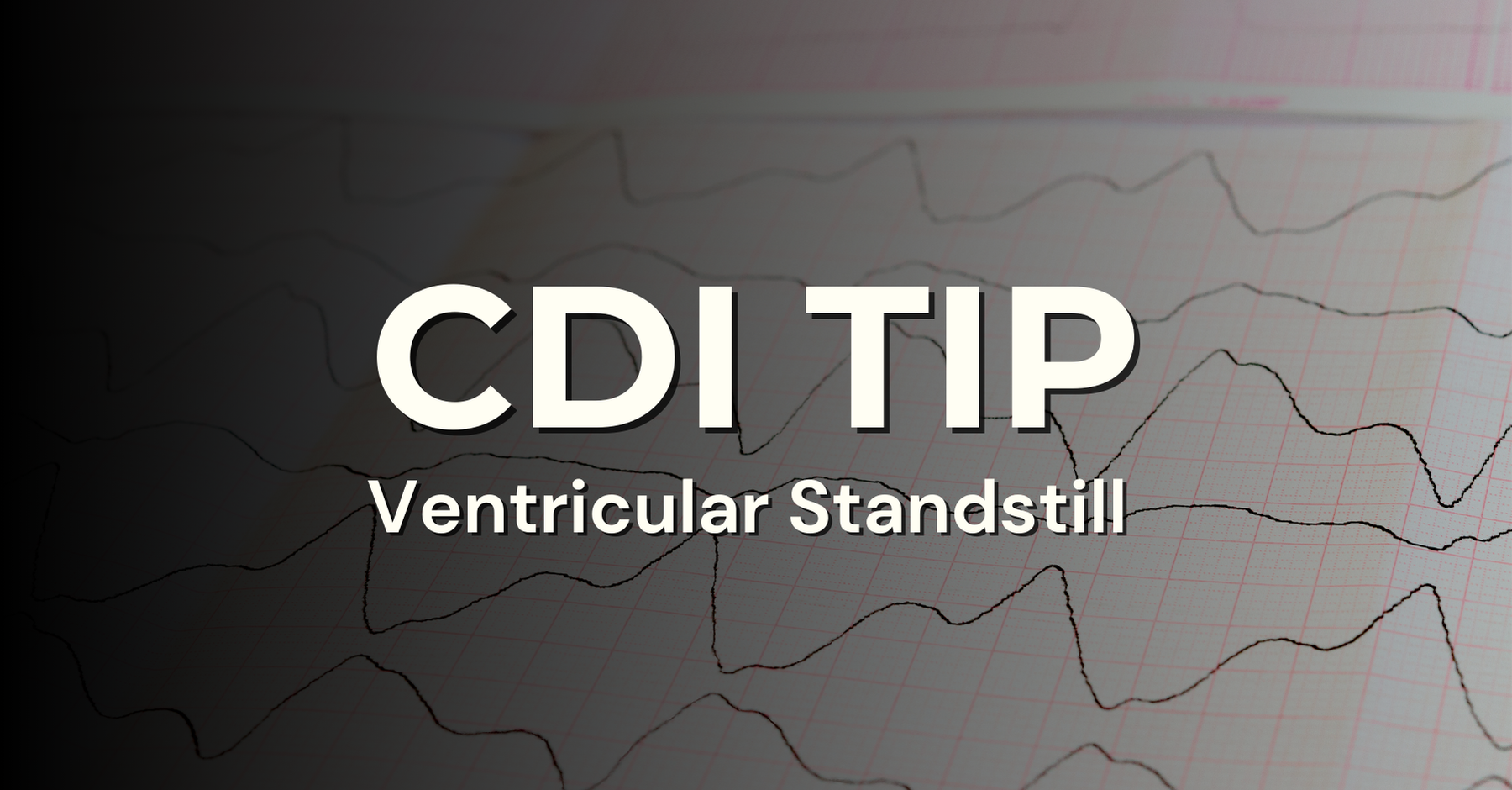For years, many Clinical Documentation Integrity (CDI) programs have focused heavily on financial metrics like DRG maximization, CC/MCC capture, and CMI shifts. While these numbers can be helpful for spotting trends, benchmarking, and understanding patient populations, they shouldn’t be the sole measure of success. When programs lean too much on these metrics, they risk stalling progress, losing physician engagement, and limiting long-term impact creating a band aid over the larger underlying issues. A stronger, more lasting approach puts clinical accuracy, provider education, and telling the complete patient story at the center, with financial results following naturally from doing the right work.
The Limitations of the Traditional Model
In a traditional CDI setup, much of the work happens after the fact. Queries go out once documentation is already complete, and success is judged by things like query volume, response rates, and short-term revenue gains. While this can boost the bottom-line short term the moment, it rarely fixes the real documentation gaps. For physicians, this approach often feels like an added layer of administrative work that interrupts their day and adds to compliance fatigue.
Despite agreement among many CDI leaders that the focus needs to shift toward clinical understanding and root cause analysis of documentation and quality issues, the revenue-first model still dominates. Financial leaders often focus on revenue KPIs to gauge program performance, but these numbers tell only part of the story. While CDI must ultimately be financially viable, lasting success also depends on accurate reporting, quality outcomes, and better coordination of care.
CDI 2.0: Building a Stronger Foundation
The CDI 2.0 model focuses on clinical clarity, medical necessity, and improved communication across the care continuum. It blends clear, concise documentation into daily workflows and makes education for providers an ongoing priority formed from partnership with the CDI team. By working this way, documentation is improved at the source rather than adjusted after the fact.
When CDI is positioned as a partner in improving patient care, physicians tend to see it as support rather than oversight. The result is documentation that paints a truer picture of the patient’s condition, which improves quality reporting, revenue integrity, patient safety, and collaboration across the care team.
Putting Clinical Accuracy at the Core of CDI
Organizations that embrace a clinically driven CDI model not only see stronger physician engagement but also achieve more lasting improvements in documentation. This connection is reflected in ACDIS’s Measuring and Valuing Quality survey, where nearly 60% of CDI professionals reported prioritizing Severity of Illness and Risk of Mortality measures ahead of purely financial outcomes. Similarly, the Optimized Comprehensive CDI Programs report found that 73% of respondents identified physician engagement and retention of education as key indicators of success, underscoring that sustainable CDI programs are built on clinical accuracy and provider partnership rather than short-term financial gains.
This emphasis on clinical accuracy also extends to quality reporting. The ACDIS CDI and Quality Improvement survey showed that CDI teams track Present on Admission indicators (88%), Patient Safety Indicators (78%), and Hospital-Acquired Conditions (77%), highlighting how documentation accuracy supports organizational quality goals.
Lastly, a recent exploratory analysis published in Health Services Research found that hospitals performing better on quality measures such as lower readmission rates, fewer complications, and higher patient satisfaction also tended to report stronger financial results (Carey and Burgess 2023). When CDI programs prioritize accuracy and completeness in the medical record, they not only strengthen clinical quality measures but also support long-term financial stability.
Why Accuracy Leads to Better Outcomes
As the healthcare landscape continues to evolve, CDI programs that focus on clinical accuracy will be best positioned to adapt and grow. When provider education, quality reporting, and financial performance are aligned around the complete patient story, CDI becomes more than a safeguard for revenue, it becomes a meaningful driver of better care. The future of CDI depends on programs that build physician trust, improve outcomes, and achieve financial stability as the natural result of accurate documentation.
Need help transforming your CDI program? UASI offers staffing, assessments, quality audits, education, and more, all designed to elevate documentation accuracy, improve care quality, and uncover sustainable financial gains:
https://www.uasisolutions.com/CDI
References:
- ACDIS. Measuring and Valuing Quality. 2021, https://acdis.org/resources/measuring-and-valuing-quality.
- ACDIS. Optimized Comprehensive CDI Programs. 2023, https://acdis.org/resources/acdis-council-report-optimized-comprehensive-cdi-programs.
- ACDIS. CDI and Quality Improvement. 2023, https://acdis.org/resources/acdis-council-report-cdi-and-quality-improvement.
- Carey, Kathleen, and James Burgess. “An Exploratory Analysis of the Association between Hospital Quality Measures and Financial Performance.” Health Services Research, vol. 58, no. 6, 2023, pp. 1242–1252. PubMed Central, https://pmc.ncbi.nlm.nih.gov/articles/PMC10606508/.


